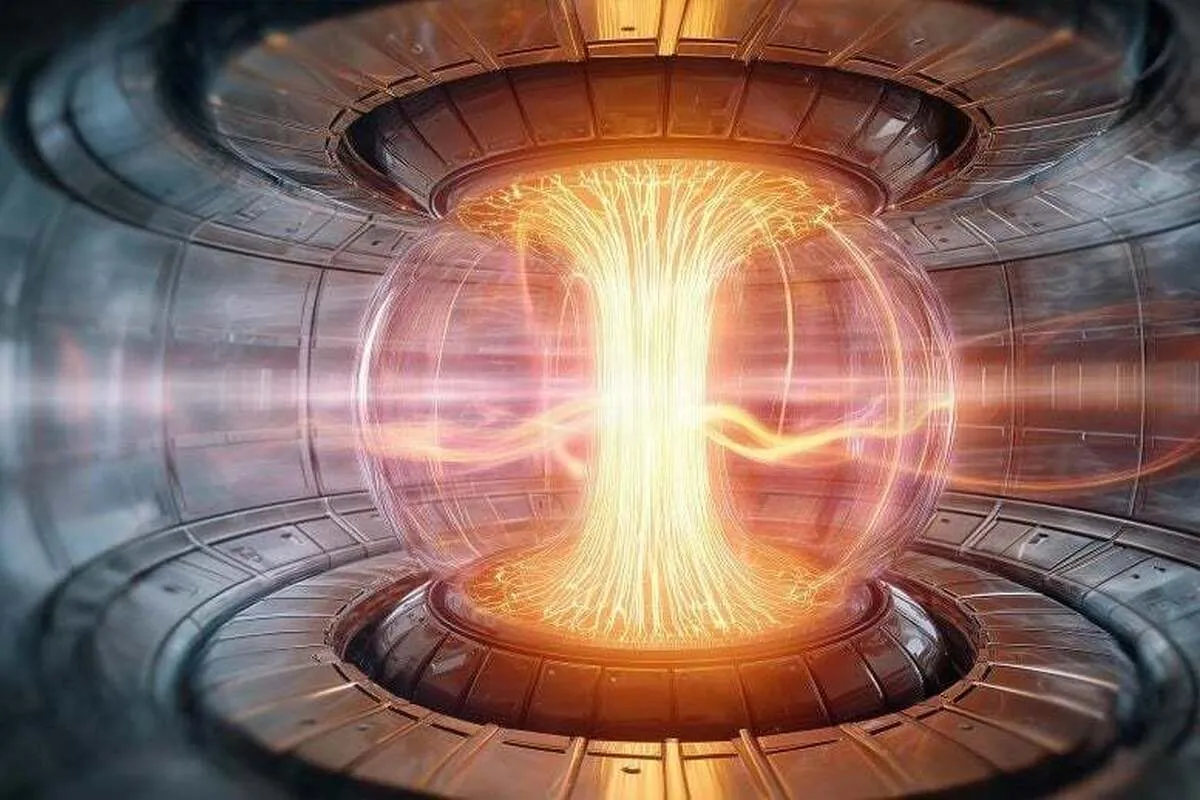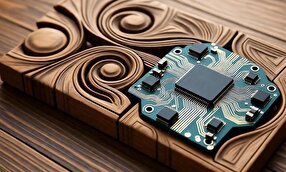Scientists Crack 70-Year Fusion Puzzle, Paving Way for Clean Energy

By using symmetry theory instead of the slower and less reliable conventional methods, researchers have created a shortcut that enables the design of leak-proof magnetic systems 10 times faster, the journal Physical Review Letters reported.
The dream of abundant, affordable, and clean fusion energy just got a big boost. A team of scientists from the University of Texas at Austin, Los Alamos National Laboratory, and Type One Energy Group has made a major breakthrough that could speed up the path to practical fusion power.
One of the biggest hurdles in fusion energy has been figuring out how to trap high-energy particles inside fusion reactors. These particles, called alpha particles, tend to leak out, making it impossible for the plasma to stay hot and dense enough to keep the fusion reaction going. Engineers use powerful magnetic fields to contain the plasma, but finding and fixing gaps in these fields takes enormous computing power and time.
Now the team has discovered a shortcut. Their new method helps engineers design magnetic confinement systems, especially for a type of reactor called a stellarator, 10 times faster than the standard approach, with no loss in accuracy. That’s a huge leap forward for fusion research.
“What’s most exciting is that we’re solving something that’s been an open problem for almost 70 years,” said Josh Burby, assistant professor of physics at UT and first author of the paper. “It’s a paradigm shift in how we design these reactors.”
A stellarator uses external coils carrying electric currents that generate magnetic fields to confine a plasma and high-energy particles. This confinement system is often described as a “magnetic bottle.”
There is a way to identify where the holes are in the magnetic bottle using Newton’s laws of motion, which is very precise but takes an enormous amount of computational time. Worse still, to design a stellarator, scientists might need to simulate hundreds or thousands of slightly different designs, tweaking the layout of the magnetic coils and iterating to eliminate the holes — a process that would require a prohibitive amount of computation on top of that.
So, to save time and money, scientists and engineers routinely use a simpler method for approximating where the holes are, using an approach called perturbation theory. But that method is much less accurate, which has slowed the development of stellarators. The new method relies on symmetry theory, a different way of understanding the system.
“There is currently no practical way to find a theoretical answer to the alpha-particle confinement question without our results,” Burby said. “Direct application of Newton’s laws is too expensive. Perturbation methods commit gross errors. Ours is the first theory that circumvents these pitfalls.”
This new method also can help with a similar but different problem in another popular magnetic fusion reactor design called a tokamak. In that design, there’s a problem with runaway electrons — high-energy electrons that can punch a hole in the surrounding walls. This new method can help identify holes in the magnetic field where these electrons might leak.
4155/v





















